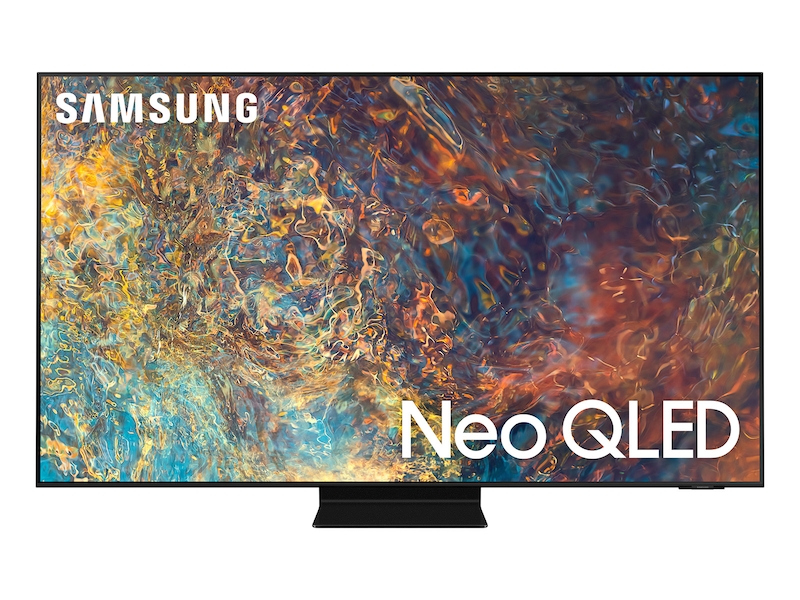LG G2 77-inch OLED evo Gallery Edition TV with AI ThinQ – OLED77G2PUA
Transform your Home with the New LG OLED evo G2 77-inch Gallery TV (OLED77G2PUA) with the Brightest OLED, Highest Contrast & Smart TV Features.
Bright Colors Meet Beautiful Design
Experience our brightest OLED ever in a stunning new gallery design that hugs the wall* for the ultimate balance of form and function to bring you the most premium TV entertainment experience possible.
Brightness Booster Max
Boost It Up
Boost It Up, LG Brightness Booster Max works with our a9 processor and advanced picture algorithms to give you our brightest OLED performance.
Brains Worth Boasting About
Make the impossible possible with our latest α9 Gen5 AI Processor 4K, engineered exclusively for LG OLED to automatically adjust your settings to improve picture and sound qualities based on whatever you’re watching.
Dazzling Darks, Luminous Lights
With no backlight to dull their impact, over 8 million self-lit pixels achieve deep blacks for crisp contrast, so you can see subtle details.
Bring Your Screen to Life
Watch your HDR content come to life with our Dynamic Tone Mapping Pro, improving the picture by analyzing 5000 blocks across the screen to reveal every last detail.
Additional information
| TV Dimensions with Stand (WxHxD) | 67.4" x 40.9" x 12.6" |
|---|---|
| TV Dimensions without Stand (WxHxD) | 67.4" x 38.4" x 1.0" |
| Packaging Dimensions (WxHxD) | 74.6" x 44.5" x 9.0" |
| Stand Width | 19.7" |
| TV Weight with Stand | 90.6 lbs |
| TV Weight without Stand | 77.4 lbs |
| Packging Weight | 106.9 lbs |
| VESA Mounting (W x H) | 300 x 300 |





Reviews
There are no reviews yet.